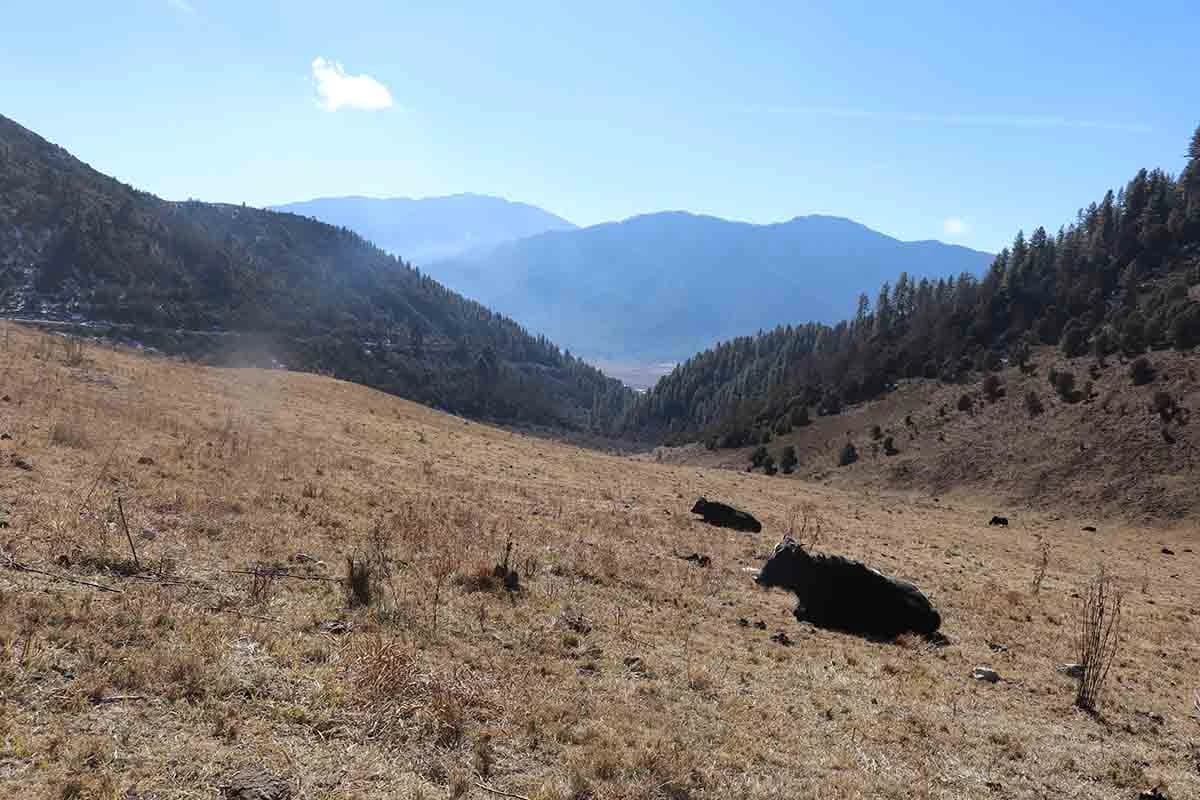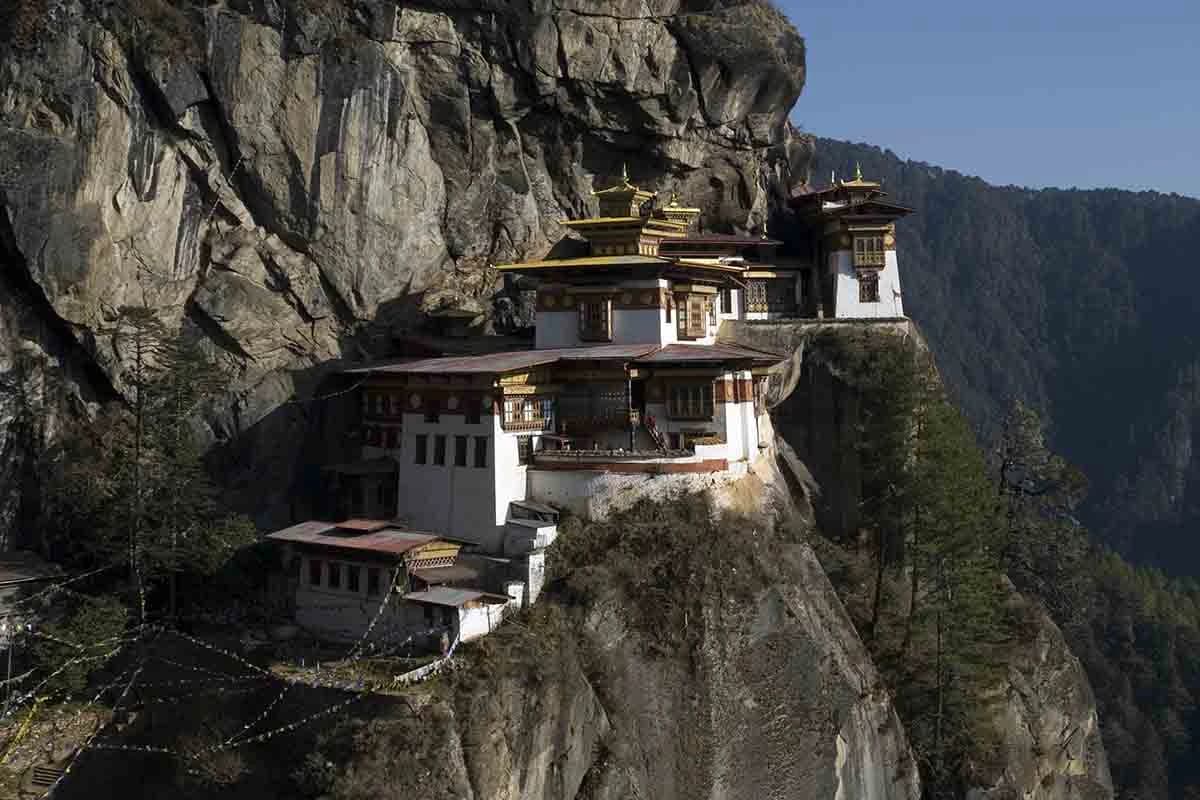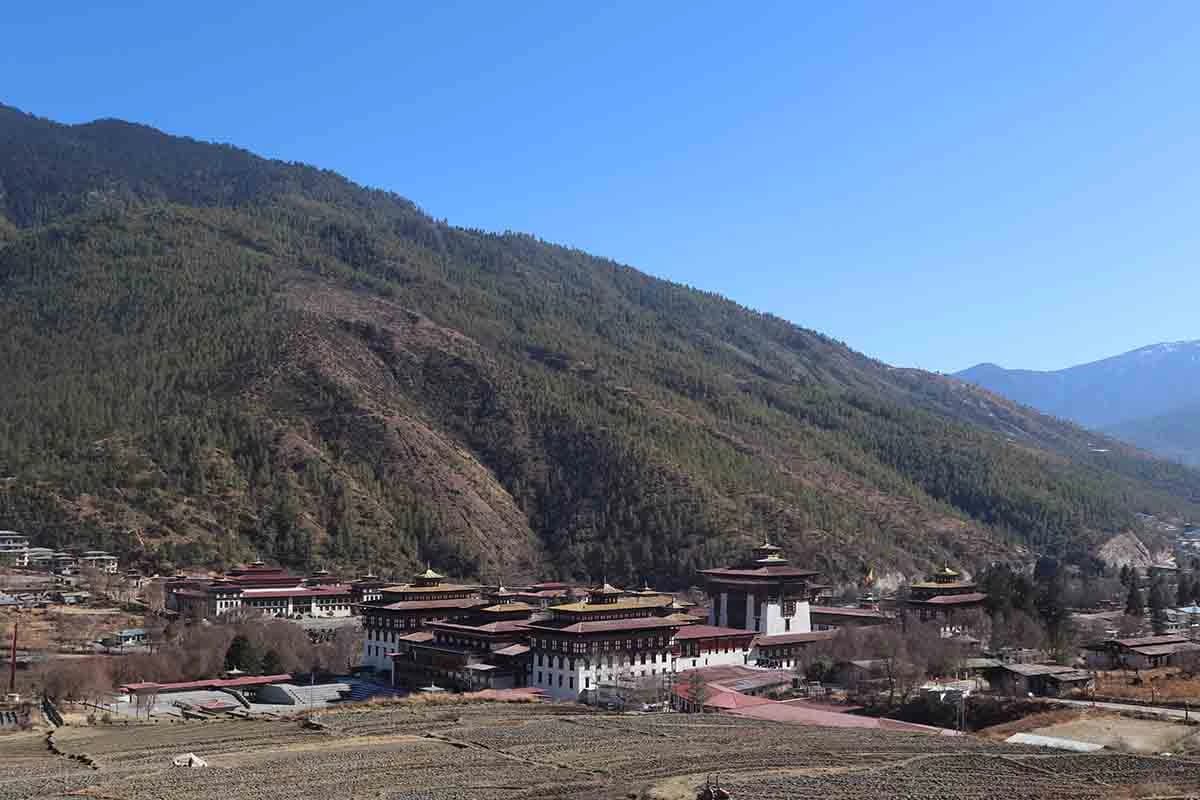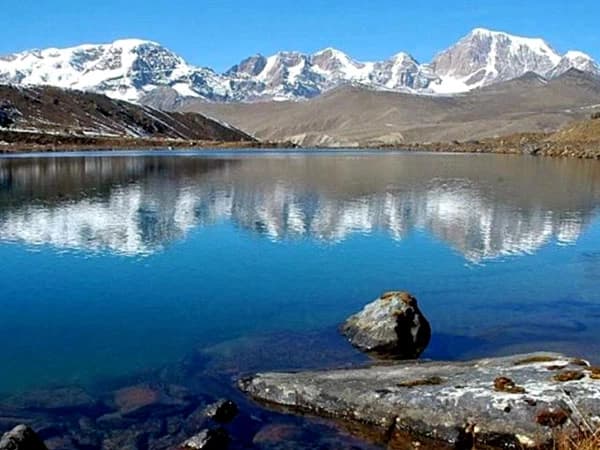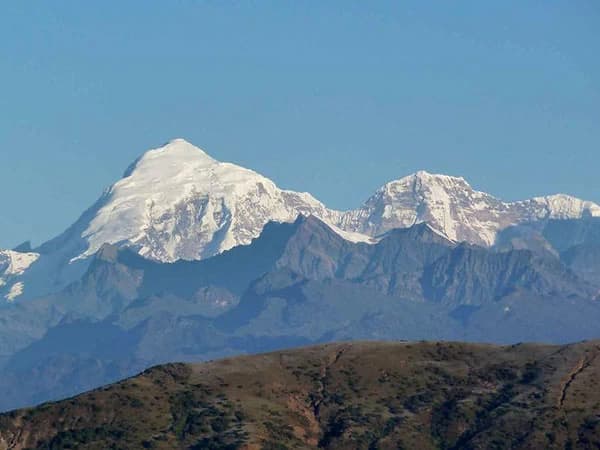The Sagala Trek in Bhutan is a remote and challenging trek that takes you through rugged terrain and pristine forests in the north-eastern part of Bhutan. The trek is considered to be one of the most difficult treks in Bhutan, and it offers an immersive experience for those looking for a truly wild and raw adventure. The trek takes you through picturesque villages and over mountain passes, providing breathtaking views of the Bhutanese landscape.
The Sagala Trek starts from Bumthang, a central Bhutanese valley known for its historic temples, monasteries, and vibrant culture. The trek takes you through dense forests, snow-capped peaks, and fast-flowing rivers, with a final ascent to the summit of Mount Sagala (5860 meters). The trek is approximately 15-20 days in length, and it requires a good level of physical fitness and endurance.
One of the highlights of the Sagala Trek is the opportunity to experience the traditional culture and hospitality of the Bhutanese people. Trekkers will stay in local homestays and interact with local communities, gaining a unique perspective into Bhutanese life.
The Sagala Trek is best suited for experienced trekkers looking for a challenging and remote adventure in Bhutan. With its rugged terrain, challenging ascents, and limited infrastructure, this trek is not for the faint of heart. However, for those who are willing to push themselves, the Sagala Trek offers a once-in-a-lifetime experience that will leave you with lasting memories of Bhutan's natural beauty and cultural heritage.
Major Highlights
Stunning views of the Himalayas: The Sagala trek takes you through high-altitude trails with breathtaking views of the Himalayas, including Mount Jomolhari, Mount Gangkar Puensum, and Mount Jichu Drake.
Cultural immersion: The trek provides an opportunity to get an in-depth look at Bhutanese culture, from their architecture and traditions to the food and hospitality of the local communities.
Unique flora and fauna: Bhutan is home to a rich variety of flora and fauna, and the Sagala trek is a great way to experience it all. You will encounter alpine meadows, rhododendron forests, and a variety of wildlife, including snow leopards, blue sheep, and red pandas.
Rich history and heritage: The trek takes you through the ancient Bumthang Valley, which has a rich cultural and historical heritage. You will get to see ancient monasteries, fortresses, and temples, and learn about the rich history and traditions of the Bhutanese people.
Scenic waterfalls: The Sagala trek takes you past several beautiful waterfalls, including the spectacular Tshochey waterfall, which cascades down from a height of over 400 feet.
Challenging terrain: The Sagala trek is known for its challenging terrain, which makes it a great option for experienced trekkers. With steep inclines, rocky paths, and high-altitude trails, the trek will test your physical and mental endurance.
Fresh mountain air: The trek takes you to some of the most remote and pristine areas of Bhutan, where you can enjoy the fresh mountain air and escape from the hustle and bustle of city life.
Stunning sunsets: As you trek through the mountains, you will have the chance to witness some of the most stunning sunsets you have ever seen. With the sun setting behind the towering peaks of the Himalayas, the views are truly breathtaking.
Local hospitality: The Bhutanese are known for their warm hospitality, and the Sagala trek provides an opportunity to experience it first-hand. You will be staying with local families, who will offer you a glimpse into their daily lives and traditional ways of living.
